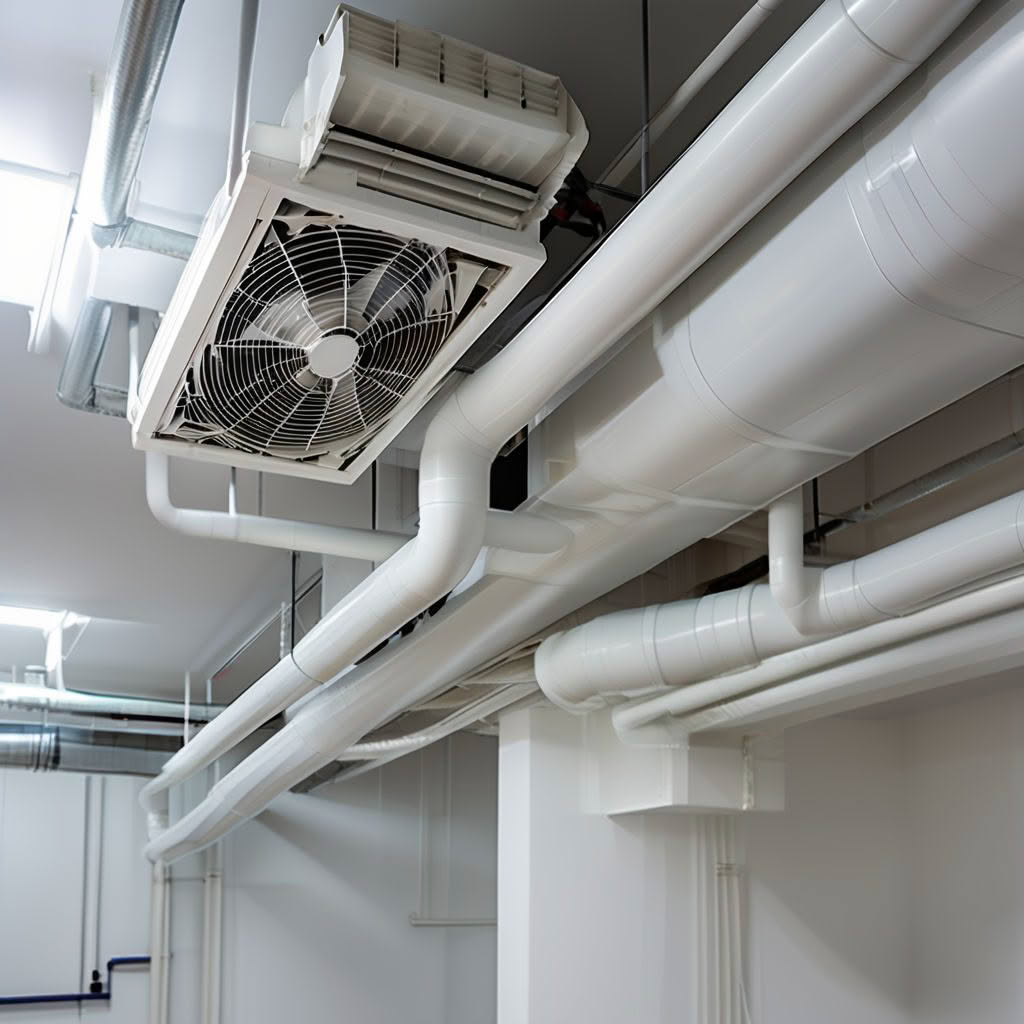
So, you’re on the hunt for ventilation solutions in Auckland,? Well, you’ve come to the right place! Ventilation is a crucial aspect of any building, ensuring a healthy and comfortable indoor environment. In a city like Auckland, where weather patterns can be quite dynamic, having proper ventilation becomes even more important. Let’s dive into the world of ventilation and explore some solutions tailored specifically for Auckland.
Understanding the Importance of Ventilation
Before we delve into specific solutions, let’s quickly touch on why ventilation is so vital, especially in urban areas like Auckland:
- Health Benefits: Proper ventilation helps remove indoor pollutants, such as dust, allergens, and volatile organic compounds (VOCs), which can lead to respiratory issues and other health concerns.
- Moisture Control: Auckland’s climate is known for its humidity, which can lead to mold and mildew growth if not properly managed. Ventilation helps control indoor moisture levels, reducing the risk of mold and improving indoor air quality.
- Temperature Regulation: Effective ventilation can help regulate indoor temperatures, making spaces more comfortable year-round, whether it’s combating the summer heat or damp winter chill.
- Energy Efficiency: By promoting air circulation, ventilation can reduce the need for mechanical cooling and heating systems, ultimately lowering energy consumption and utility costs.
Tailored Ventilation Solutions for Auckland
Now that we understand why ventilation is essential, let’s explore some tailored solutions specifically designed for Auckland’s unique climate and urban environment:
- Natural Ventilation: Harnessing the power of nature, natural ventilation systems utilize openings like windows, doors, and vents to facilitate airflow without relying on mechanical systems. In Auckland, where the climate is relatively mild, natural ventilation can be highly effective, especially during the temperate months.
- Heat Recovery Ventilation (HRV): HRV systems are designed to extract stale indoor air while simultaneously bringing in fresh outdoor air. These systems incorporate heat exchangers to transfer heat from the outgoing air to the incoming air, helping maintain indoor temperatures while improving air quality. In Auckland’s climate, where temperature fluctuations are common, HRV systems can provide efficient ventilation without compromising comfort.
- Energy Recovery Ventilation (ERV): Similar to HRV systems, ERV systems also exchange indoor and outdoor air but focus on transferring both heat and moisture. In Auckland, where humidity levels can vary throughout the year, ERV systems help manage indoor moisture levels, preventing mold growth and maintaining a comfortable environment.
- Demand-Controlled Ventilation (DCV): DCV systems adjust ventilation rates based on occupancy levels and indoor air quality, ensuring optimal airflow when needed most. In densely populated urban areas like Auckland, where building occupancy can fluctuate significantly, DCV systems help maximize energy efficiency while maintaining indoor air quality.
- Mechanical Ventilation with Heat Recovery (MVHR): MVHR systems combine mechanical ventilation with heat recovery technology to provide efficient airflow and temperature control. These systems are particularly well-suited for Auckland’s climate, where maintaining indoor temperatures without excessive energy consumption is crucial.
Choosing the Right Ventilation Solution
With several ventilation options available, choosing the right solution for your Auckland property can seem daunting. Here are some factors to consider:
- Climate Considerations: Auckland experiences a temperate maritime climate, characterized by mild winters and warm, humid summers. Consider ventilation solutions that can adapt to these seasonal variations while maintaining indoor comfort.
- Building Type: The ventilation needs of a residential home may differ from those of a commercial office space or industrial facility. Assess the unique requirements of your building to determine the most suitable ventilation solution.
- Budget and Energy Efficiency: Evaluate the initial cost, ongoing maintenance, and energy efficiency of different ventilation systems to ensure they align with your budget and sustainability goals.
- Professional Assessment: Consulting with a qualified ventilation expert can provide invaluable insights into your specific ventilation needs and help you navigate the array of available options.
Conclusion
In conclusion, ventilation is a crucial aspect of maintaining a healthy, comfortable indoor environment, especially in a dynamic city like Auckland. By understanding the importance of ventilation and exploring tailored solutions such as natural ventilation, HRV, ERV, DCV, and MVHR systems, you can ensure optimal indoor air quality and energy efficiency for your Auckland property. So, whether you’re retrofitting an existing building or planning a new construction project, don’t overlook the importance of ventilation—your lungs (and your wallet) will thank you for it!
